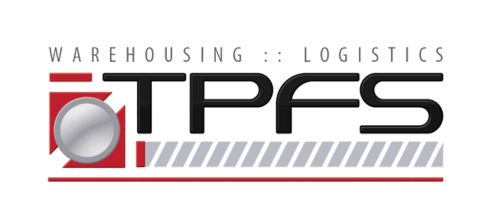Welcome to the pallet paradise, where every type has its unique charm! When it comes to optimizing your supply chain and storage, selecting the right pallet is paramount. In this comprehensive guide, we delve into the diverse world of pallets, their designs, construction materials, and why the perfect match can be the key to logistics success. Scroll to the end for tips on selecting the right pallet for your needs!
7 Types of Pallets by Design
1. Stringer Pallets
Two-Way Stringers: Ideal for forklift entry from two sides, saving space and cost.
Four-Way Stringers: Allow forklift access from all directions, making them versatile and easy to maneuver. (This one is our personal favorite here at TPFS!)
2. Block Pallets
- Sturdy and durable, suitable for heavy loads and racking systems.
3. Solid Deck Pallets
- Great for smaller items as they offer complete support without gaps.
4. Double Face Pallets
Reversible Pallets: Can be used on either side, maximizing utility.
Non-Reversible Pallets: Designed for specific load orientation, ensuring stability.
5. Winged Pallets
Single-Winged Pallet: Facilitates easy lifting and transportation.
Double-Winged Pallet: Extra stability for heavier loads, especially in airfreight.
6. Roto-Molded Pallets
- Seamless design and durability, often used in food and pharmaceutical industries.
7. Injection Molded Pallets
- Consistency in size and weight, suitable for automated systems.
4 Types of Pallets by Construction Material
1. Wood Pallets
- Cost-effective, versatile, and easily repairable.
- Perfect for general storage and transport.
2. Plastic Pallets
- Hygienic, weather-resistant, and lightweight.
- Often used in pharmaceutical and food industries.
3. Metal Pallets
- Extremely durable, suitable for heavy loads.
- Commonly used for long-term storage and international shipping.
4. Paper Pallets
- Eco-friendly and lightweight, ideal for one-time use and limited weight.
Tips for Selecting the Perfect Pallet
1. Load Capacity: Consider the weight of your product. Heavier loads may require block or metal pallets.
2. Storage Environment: Plastic or metal pallets are better for humid or cold environments.
3. Shipping Mode: For airfreight, consider lightweight pallets. Roto-molded or plastic pallets are often preferred.
4. Racking Compatibility: If using racking systems, ensure your chosen pallet fits the configuration.
5. Returnable Pallets: For sustainable practices, opt for pallets that can be reused.
6. Product Compatibility: Delicate products might benefit from a pallet with solid deck.
The choice of pallet can significantly impact your supply chain's efficiency and costs. By selecting the right pallet type based on your product's needs and storage conditions, you're setting the stage for a seamless logistics journey.
Remember, pallets are more than just platforms; they're strategic logistics partners (just like 3PLs)!
Contact us at TPFS Warehouse to start streamlining your logistics today!

